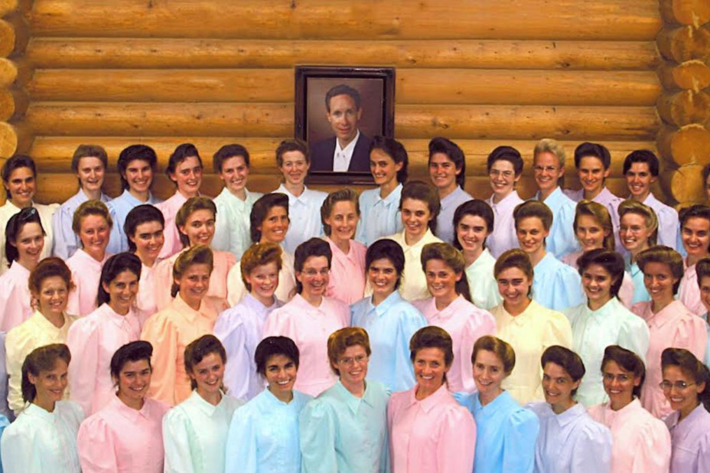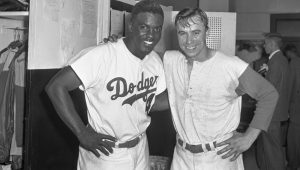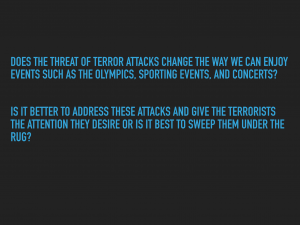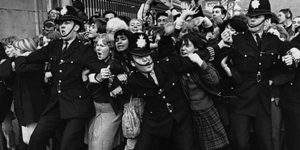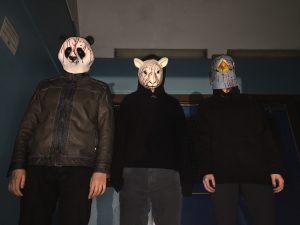
Welcome back to one of my last blogposts ever. This time I’ll be talking about the Iranian Revolution.
So back in April, about half the class went to Cuba to study the Cuban Revolution but about half the class stayed behind for various reasons. Instead of studying the Cuban Revolution, the people who didn’t go to Cuba studied the Iranian Revolution. Since many people from Iran immigrated to Canada and more specifically Vancouver, there would be a lot of people we could receive information and stories from.
So for our project, we would have to make a book. Each of us, in partners, would have to create one chapter of the book and each chapter would focus on one of the historical lenses we learned about earlier in the term. Each chapter would also focus on one part of the Revolution.
To begin, we started researching significant parts of the Revolution. Once we had a good idea of what was important, we chose our topics and our historical lenses. I chose the seizure of the US embassy as my topic and would be using the cause and consequence lens. I would also be working with my friend Tom which made me very happy because me and Tom have created some quality work together in the past. We would be focusing on what caused the seizure of the embassy and how it effected relations between the USA and Iran.
Tom and I began reaching out to Iranian people we knew and asking them if they would be interested in doing an interview for us. We also began researching out topic in a variety of different ways. We searched the internet for more information about our topic and even watched the movie Argo for some more background knowledge.
Argo was extremely interesting because even though it is a Hollywood movie, it was based around fact and we actually learned a lot from it. It really captured the feelings of hatred between Iran and the USA and it gave tom and me a good general knowledge of the event.
Luckily, two people agreed to let us interview them, one in person and one over the phone.
The first interview was extremely eye opening. The person we interviewed (who wished to remain anonymous) grew up in Tehran during the time of the Revolution. He witnessed the first spark of the Revolution up until the Ayatollah gained power. In fact, he didn’t leave the country until the Iran-Iraq war, to escape the mandatory enlistment. He “didn’t believe in that war”, so his parents paid a guide to help him leave the country. He said that the experience was scary, since he was only 19 years old, but also exciting. He told us about one night when he was riding through the mountains past a military fort, when the guards started shooting at him. His horse panicked and got stuck in the mud but luckily was able to free itself and he narrowly escaped.
He did not agree with the Revolution and did not believe many of the rumours about the Shah, which contrasted greatly with our second interview.
Our second interviewee had quite a different opinion. She was very critical of the Shah and her father even marched in revolutionary protests. She gave us great insight into the oppression faced by many citizens in Iran during the Revolution and it was great to get two different interviews with very different information. We questioned both interviewees about the seizure of the embassy and they both provided great information on the event.
Tom and I were very confident that we had the necessary information to create a great project, but unfortunately we had some technological issues. The mic we used for the first interview only worked for 10 minutes out of the 30 minute interview so we lost 20 minutes of valuable footage. Also, we recorded the second interview on our android phones so we couldn’t get any of the sound clips into pages, but at least we could use the information.
We began working on putting the book together and arranging our chapter. We also narrowed down our topic a bit so that we would be focusing on how the seizure of the embassy affected relations between Iran and the USA. We inserted a couple of the audio clips and then we were done.
Here it is, the finished book:




